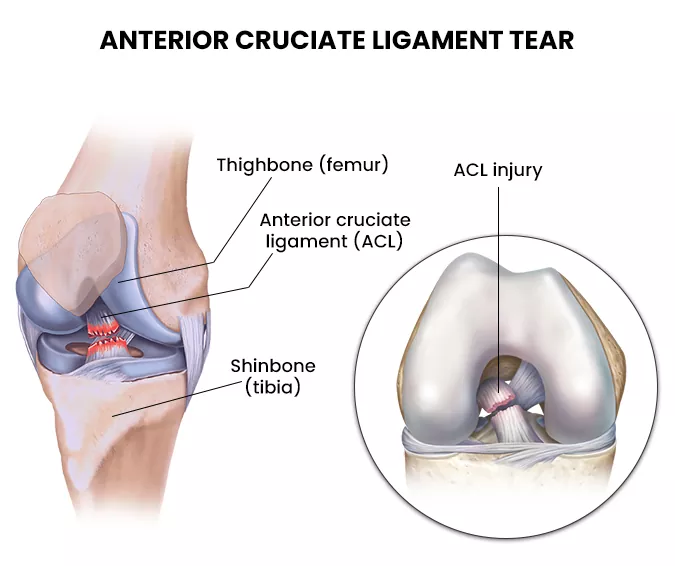Recovering from an injury is more than just waiting for pain to fade — it’s about regaining mobility, flexibility, and confidence in movement. One of the most effective and evidence-based ways to restore functional mobility is through physiotherapy.
After an injury, your body often restricts motion to protect the affected area. While this is a natural response, prolonged immobility can lead to joint stiffness, muscle weakness, and poor movement patterns. Physiotherapy helps you safely regain your range of motion, strengthen supportive muscles, and prevent future injuries.
Let’s explore step-by-step how physiotherapy helps maintain mobility and get you moving again — safely and effectively.
Understand the Goal: Mobility Movement Freedom
Mobility means more than being able to move — it’s the freedom to move without pain, restriction, or fear. After an injury, your body naturally limits motion to allow healing. However, if you don’t restore that movement properly, it can result in long-term stiffness or compensation patterns that affect posture and daily function.
Physiotherapy focuses on gradually re-training your body to move safely again. Through guided exercises, manual therapy, and education, your physiotherapist ensures you restore a pain-free, functional range of motion tailored to your specific injury and healing stage.
Start Early — But Smart
Timing is crucial. Early, controlled movement (under professional supervision) helps prevent complications like joint stiffness, muscle shortening, and poor circulation.
Physio Tip:
Begin with gentle, pain-free mobility exercises soon after your doctor or physiotherapist gives clearance.
Avoid complete immobilization unless medically advised.
Follow a guided progression plan — starting too early or moving incorrectly can delay recovery.
Early intervention helps keep tissues flexible and promotes faster healing.
Prioritize Range of Motion (ROM) Exercises
Maintaining and improving your range of motion (ROM) is a core part of physiotherapy. These exercises prevent scar tissue from limiting flexibility and keep your joints supple.
Examples of ROM Exercises:
Pendulum swings – for shoulder injuries
Heel slides – for knee recovery
Ankle alphabets – for ankle sprains or fractures
Your physiotherapist will progress you through three safe stages:
Passive movement: The therapist moves the joint for you.
Assisted movement: You move with support.
Active movement: You perform the movement independently.
This gradual progression restores mobility without stressing healing tissues.
Strengthen Supporting Muscles

Mobility depends not just on flexible joints but on strong, coordinated muscles that support and guide those joints. Weak or inhibited muscles can cause instability or limit your movement.
Include:
Isometric exercises early in recovery (e.g., quad sets after a knee injury).
Progressive resistance training as healing improves to build control and endurance.
Your physiotherapist will tailor a strengthening plan to protect the injured area while ensuring surrounding muscles remain active and strong.
Work on Joint Stability & Balance
Regaining movement also means regaining control. Physiotherapists focus on retraining stabilizing muscles and improving balance — especially around joints like the ankle, knee, and shoulder.
Exercises may include:
Balance board or single-leg stance drills
Core activation routines
Proprioceptive training, which helps your body sense joint position and react effectively
Improving stability reduces the risk of re-injury and builds confidence in your movements.
Don’t Neglect Soft Tissue Work
Even after the initial healing phase, tight fascia, scar tissue, or muscle knots can restrict normal movement. Addressing these restrictions helps you move more freely and comfortably.
Your physiotherapist may use:
Myofascial release to ease tension in connective tissues
Stretching and joint mobilization to restore flexibility
Foam rolling or trigger point therapy to reduce stiffness
These techniques improve tissue elasticity, circulation, and recovery speed.
Maintain Whole-Body Movement
Injury to one part of the body shouldn’t mean total rest. Physiotherapists emphasize maintaining overall fitness to support healing and prevent deconditioning.
For example:
If you have a leg injury, you can still perform upper-body or seated cardio exercises.
If your shoulder is healing, you can focus on lower-body workouts or stationary cycling.
This keeps your heart, muscles, and joints active while avoiding unnecessary strain on the injured area.
Be Consistent and Gradual
Recovery takes time and consistency. Mobility returns best with regular, guided practice rather than sporadic effort.
Follow the ittle and often rule — short, frequent sessions are better than long, irregular ones. Overdoing exercises can irritate healing tissues, while underdoing them can cause stiffness and delay progress.
A physiotherapist ensures that your program is progressive — challenging enough to stimulate improvement but safe for your current stage of recovery.
Address Posture and Movement Patterns
Injuries often change how you move — you might limp, favor one side, or develop awkward compensations. Over time, these patterns can cause new pain or strain.
Physiotherapy doesn’t just restore motion; it retrains your movement quality. Your therapist may work on correcting posture, walking patterns, or muscle imbalances to ensure smooth, symmetrical movement once again.
This phase is key for returning to daily activities, sports, or work without discomfort or risk.
Communicate with Your Physiotherapist

Open communication is the foundation of successful recovery. Always inform your physiotherapist about:
Any pain, swelling, or new stiffness during or after exercises.
Changes in your daily activity level or work demands.
Your therapist will adjust your treatment intensity, techniques, or exercises to prevent setbacks and ensure continuous progress.
Remember — recovery is a collaborative journey between you and your physiotherapist.
The Takeaway
Regaining mobility after an injury is a process that requires patience, consistency, and expert guidance. Physiotherapy provides a safe and structured approach that not only helps you move better but also strengthens, stabilizes, and protects your body from future injuries.
By combining targeted exercises, hands-on treatment, and functional retraining, physiotherapy helps you return to daily life — stronger, more confident, and pain-free.
So, if you’re recovering from an injury, don’t just focus on resting — focus on moving the right way. A certified physiotherapist can guide you toward lasting mobility, balance, and freedom of movement.




